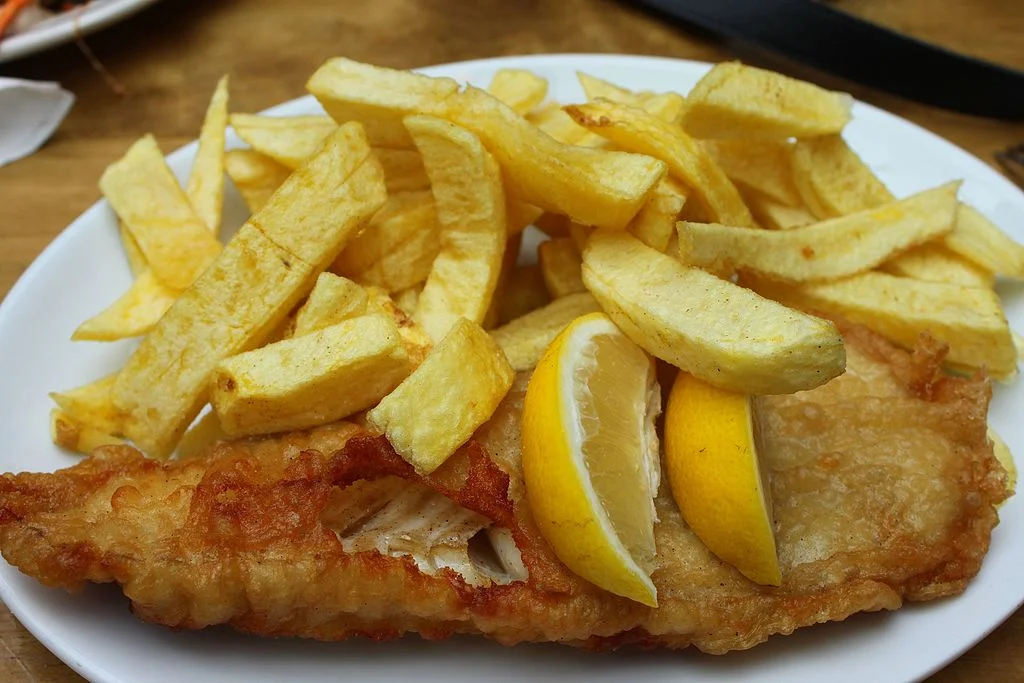And the unsung heroes of the last week…
In the last week there have been some notable unsung heroes… the many comms directors working tirelessly in this crisis.
Top of the class goes to An Taoiseach Leo Varadkar on St Patrick’s Day night. While he was criticised for coming across as arrogant and not understanding the ordinary people’s concerns during the recent election, he certainly got an A+ on Tuesday night. He was strong, understanding, reassuring and clear in his message to the Irish people. We are in this together. Hats off to his comms team.
Next in line accolade definitely goes to Simon Harris, our health minister (and his team). An unenviable position in these times, on the Sean O’Rourke Show, RTE Radio 1 yesterday, his delivery of the key messages was clear, concise and consistent: hand and cough hygiene, social distancing and minimising as much social contact as possible will help to flatten the curve of this virus and we must all play our part.
One company who listened to their audiences fears and concerns and got out there quickly to reassure people is Lidl. They have been superb with their speed and clear messages – Yes we have enough supplies (issuing footage showing the warehouse), having its MD available for comment and being proactive in introducing dedicated shopping hours for the elderly. Others who have been communicating to their audiences in a succinct manner are Stena Line with an email to all intending passengers reassuring them about additional cleaning processes, the Marriott Group, an email to all past and future guests, and Revolt, an email to all clients from the founder and CEO – three short and clear simple messages conveying business as usual.
What’s the message? Know your audience, create clear and simple messages that address their questions, get out there and communicate. The basics and yet so many just don’t do it.
The losers? The companies that have stuck their head in the sand, are still trying to decide what to say if anything. No doubt they have Comms Directors who are wringing (or washing!) their hands in frustration.
Wonder what next week will bring….



























